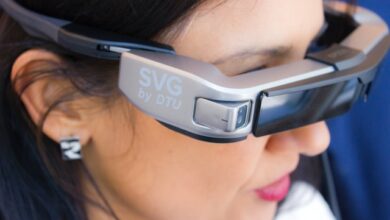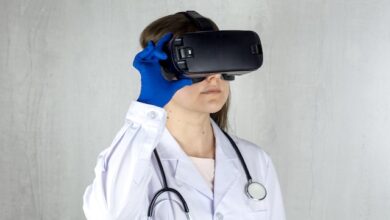What are the top 5 advanced dental technologies for 2023?

Introduction
Advanced dental technologies are here for years. Dentists have been using the latest techniques in the dental field. In the past, there were few schools that offered training programs for dentists and dental assistants. Now, dental technology is becoming much more advanced and more people are interested in learning about it.
Further, It has been found that the more a dentist knows about the latest techniques, the better they are able to treat patients and the more successful their dental practice will be. There is no doubt that the education program will allow you to increase your knowledge in dental technology.
Moreover, This will help you to advance in your career and you will be able to provide your clients with better services. This will also help you to become a better communicator with your clients and this will improve your skills. The education program will allow you to learn about various aspects of dental technology.
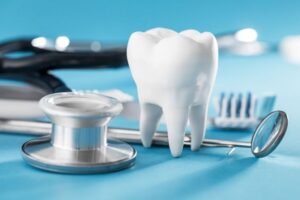
Top 5 advanced dental technologies for 2023
Digital X-Rays
The digital x-ray technology is a great way to help you diagnose any dental issue. If you have ever had problems with your teeth, you might know how important it is to have them fixed. You can do this by using the digital x-ray technology.
Additionally, This is the safest way to take dental x-rays because it involves less radiation than traditional x-rays. The digital x-ray system will show you the images in detail and you can watch as the x-rays are taken.
Further, This will help you to be able to see exactly what your dentist wants you to see. Digital x-rays can be very helpful when you need to find out if you have cavities or broken teeth. The system can also help you to diagnose issues with your jaw joint and gums, tooth decay, misalignment of teeth, filling cavities.
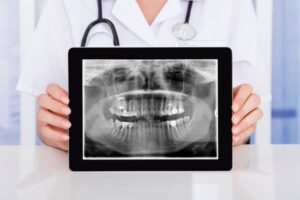
Laser dentistry
Laser dentistry uses lasers to treat a number of different dental conditions. It became commercially used in clinical dental practice for procedures involving tooth tissue in 1989.
Moreover, There are many different ways that lasers can be used in dentistry. Lasers can be used to cure composite resins, to cut, drill, sculpt and polish, and to remove stains. This includes removing stains from teeth.
Additionally, It can also be used to harden composite resins. In addition, they can be used to treat periodontal disease. This includes eliminating gingival pockets. Gingival pockets are areas where bacteria collects.
Further, They can lead to gum disease and tooth loss. Lasers can also be used for enamel removal. Enamel is the hard substance that protects the tooth. It covers the crown of the tooth and forms the part of the root that protects the roots.
In addition, Sometimes, enamel needs to be removed when it gets too thick and causes problems. It can also be removed to smooth out the appearance of teeth.
Laser dentistry is an effective tool in many dental practices. There are a number of reasons why laser dentistry has become so popular. For instance, laser dentistry is a cost-effective method for treating tooth decay.
Importantly, It can also reduce the risk of dental caries. Laser treatments are faster than traditional methods of removing tooth decay. This means that the patient will spend less time with the dentist and the office will spend less money.
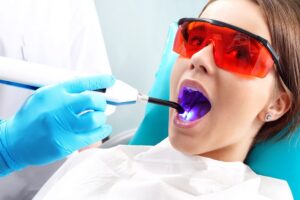
CAD/CAM technology
A typical CAD/CAM system consists of a computer and software. The computer converts the digital information that is stored in a special file format into a form that is usable by the software.
In addition, The data is displayed in the form of a three-dimensional image of the patient’s teeth. This is done by scanning the patient’s mouth with an optical device. Then the software programs the information into a cast.
Moreover, The software is used to design a crown, bridge or implant. The design can be completed on either a desktop or portable computer. The CAD/CAM camera takes digital photographs of the patient’s teeth.
Further, The camera connects to a monitor to show what the dentist sees on the screen. The dental technician uses a stylus to create the design on the screen, which is then transferred to a model of the patient’s mouth.
Then, A model of the final restoration is produced on a milling machine. The dentist prepares the tooth with the model and transfers the design to the crown or bridge.
Importantly, Dental technicians can use CAD/CAM to make crowns, bridges, on lays, veneers, and implant abutments. It is also possible to create all sorts of restorations with CAD/CAM technology. This can make it easier for a dentist to create complex dental restorations.

Intraoral cameras
Intraoral cameras are devices that are placed inside the mouth. These cameras allow us to see inside the mouth. This is particularly useful when we need to do x-rays. They also allow us to examine the tissues of the mouth better than we can when we use our fingers.
Moreover, They are small and easy to handle. The size of these cameras make them very portable. These devices can be used for both diagnosis and treatment. These cameras can be used to examine the oral cavity better than using your eyes alone.
Further, You can place these cameras in the mouth in order to see certain parts of the teeth, gums, tongue, etc. These cameras can be placed in the mouth during a dental procedure. The dentist will have the option of using a video camera or a still camera.
In addition, If he or she decides to use a video camera, the patient will need to wear a headband with a small video camera attached to it. The dentist will use the video camera to record the images being shown on the screen.

Dental implants
Dental implants are artificial teeth that are placed into the jawbone of patients with missing teeth. A small titanium screw is inserted into the jawbone of the patient to support artificial teeth.
Further, There are different types of implants. Some of the common types include endosteal implants, which are placed inside the jawbone, and sub-periosteal implants, which are placed over the surface of the jawbone.
Endosteal implants work best when the jawbone is sound. The bone must be very solid and healthy to hold the dental implants in place.
In addition, Sub-periosteal implants can be used when the jawbone is not very healthy. The implants are held in place by means of the periosteum (the outer layer of the jawbone), so a strong jawbone is required for this type of implant.
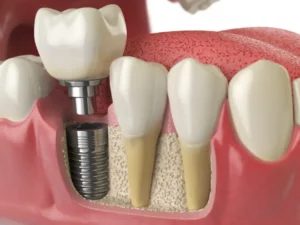
FAQs
Q: What are the top 5 advanced dental technologies for 2023?
A: The top 5 advanced dental technologies for 2023 include:
- Digital Dentistry: Utilizing CAD/CAM systems for precise digital impressions, designing and manufacturing restorations like crowns and bridges.
- Cone Beam Computed Tomography (CBCT): Provides 3D imaging of the oral structures, aiding in accurate diagnosis and treatment planning.
- Laser Dentistry: Enables precise and minimally invasive procedures for gum treatments, cavity detection, teeth whitening, and more.
- 3D Printing: Allows for the creation of dental prosthetics, surgical guides, and orthodontic aligners with precision and efficiency.
- Augmented Reality (AR) in Dentistry: Utilized for patient education, treatment planning, and enhanced visualization during procedures.
Please note that advancements in dental technology are rapid, and new innovations may emerge beyond the listed technologies. It’s always recommended to consult with dental professionals for the most up-to-date information.
Conclusion
Nowadays, the use of modern dental technology has become an important part of dentistry. For example, with the use of 3D imaging systems, a dentist can accurately diagnose patients’ problems, perform a more thorough analysis, and plan the best treatment approach.
Likewise, with the use of laser dentistry, teeth are effectively treated with minimal discomfort and no risk of infection. Today, we have advanced technologies that help us to perform precise dental treatments with minimal risk.


